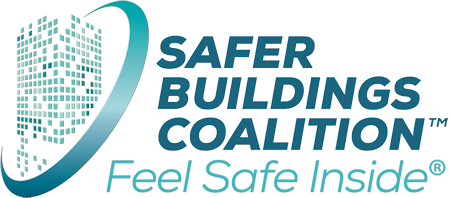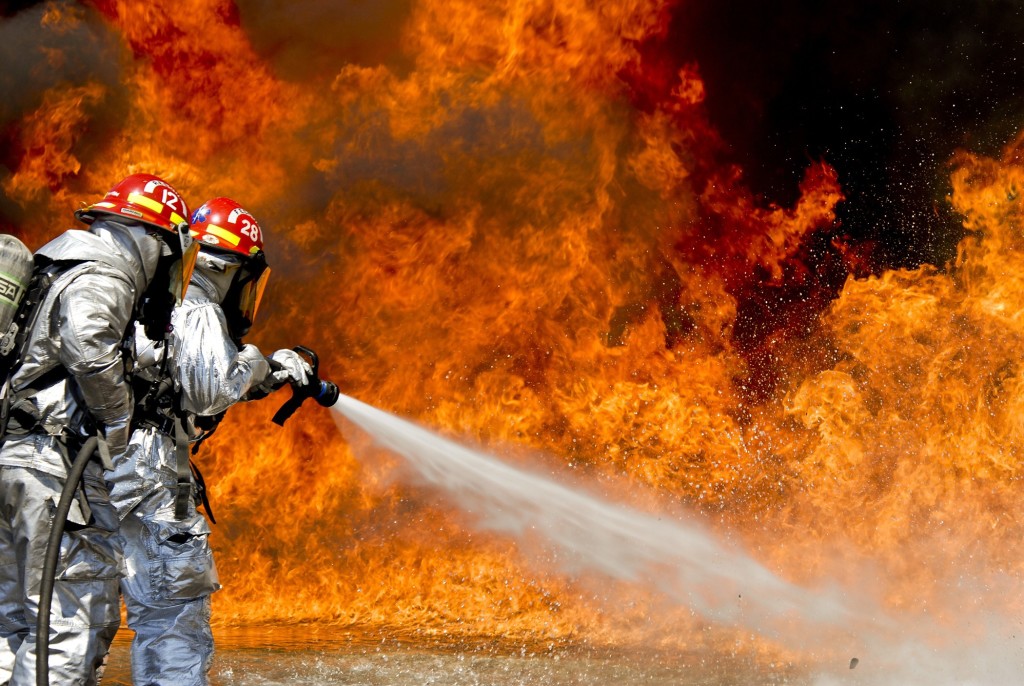Code Update | Florida In-Building Fire CodePosted on July 22, 2016. With threats to public safety amplified by recent events locally and abroad, the importance of staying focused on moving the needle forward for instituting in-building communication platforms cannot be overstated. However, as with any public safety movement involving multiple stakeholders with different concerns and priorities, advocating for a technologically sound, well regulated, affordable, interoperable and widespread system of wireless, in-building communication systems is very complicated, to say the least. That brings us to the recent developments regarding the Florida in-building fire code. It’s All In The CodeIn the U.S. today, state and local fire codes represent one of the main enforceable methodologies through which extensive systems for wireless communication can be introduced into building regulations and regularly enforced. For example, the local jurisdiction for the state of Florida’s in-building fire code safety regulations are dictated by the latest edition of the Florida Fire Prevention Code (FFPC), derived from the model codes and standards provided by the National Fire Protection Association (NFPA 1: Fire Code) and the Life Safety Code (NFPA 101). Adopted codes are enforced through the permitting of new building construction and maintenance inspections for existing buildings, and are generally updated every three years New codes regarding the future of in-building wireless communications for public safety are constantly being introduced, debated and modified, involving everything from permits, signal strength and amplification, data network performance, testing and proof of compliance, as well as technical criteria, standby power for system design and many more implementation and management concerns3. State-specific amendments to the 6th edition of the NFPA are currently being evaluated in Florida for adoption and implementation at the end of 2017. A relatively recent addition to the language surrounding in-building public safety communications involves FFPC code 1:11.10, which requires a minimum radio signal strength for both new and existing buildings, and requires that these systems comply with the requirements of NFPA 72, the National Fire Alarm and Signaling Code. While some Florida jurisdictions had already adopted this code, “it’s now statewide code,” said Karl Thompson, Chief Engineer of the Florida Division of the State Fire Marshal, Bureau of Fire Prevention, and member of the Safer Buildings Coalition. He noted that a few jurisdictions in south Florida were implementing this before the FFPC started implementing it statewide, and that both Florida and other states like California are relatively progressive in code adoption. “We’re disaster prone-states,” he said, “and recognize the importance of code language.”
The Importance of the Florida In-Building Fire CodeWhen mandates regarding building requirements change, some stakeholders may initially feel unduly burdened by the new codes. The mandate for the new Florida in-building fire code is not different. In regards to requiring a minimum wireless signal strength, “The language says ‘for new and existing buildings’,” said Thompson, “which has caused some concern among some of the building owners that they’re going to have to pay for these systems.” “First and foremost of concern to building owners and real estate investment groups is cost,” said Chief Alan Perdue, retired director of Emergency Services in Guilford County, N.C. and executive director of the Safer Buildings Coalition. “But to offset that concern is the liability for taking care of the public that occupies them. And to take care of the public, it is imperative for public safety personnel to be able to communicate in the event of an emergency in that building. Oftentimes people think that it has to be a large incident, or a large building, to be a problem. But if you think about a mid-size residential building, EMS may be coming there on a frequent basis for medical emergencies; law enforcement for various types of events and the fire dept as well…the critical nature of being able to communicate is vital.” The new Florida in-building fire code language brings existing buildings across Florida into the public safety wireless communication system conversation. While it is an encouraging step forward, nothing is not set in stone. “It’s important that this legislation doesn’t change,” Perdue said. To provide some relief for building owners, the Florida legislature has allowed for impact and effort of code compliance to be taken into consideration by the local fire official (Florida Statute 633.202). In addition, a delay of several years in the implementation requirement was approved in light of the need by building owners to plan and budget (Florida Statute 633.208). Continuing to advocate for and educate on the importance of in-building wireless communication systems is still paramount to the success of modern public safety operations. “Communications between public safety members inside the building, and outside to command is critical to a successful operation,” said Perdue. “The lack thereof can put members at risk from injury or possibly death. The issue of people going to the wrong location creates a time lag for the people who we are there to serve. The communications piece is vital to a successful outcome.” For more information on the Florida in-building fire code, the FFPC is viewable online at the Division of State Fire Marshal website at http://www.myfloridacfo.com/Division/SFM/ under the “Fire Prevention” tab. By Vania Cao – Safer Buildings Coalition ContributorLearn more about joining the SBC by clicking here. Also be sure follow us on our Facebook page, Twitter (@SaferBuildings), and connect with us on LinkedIn. |


